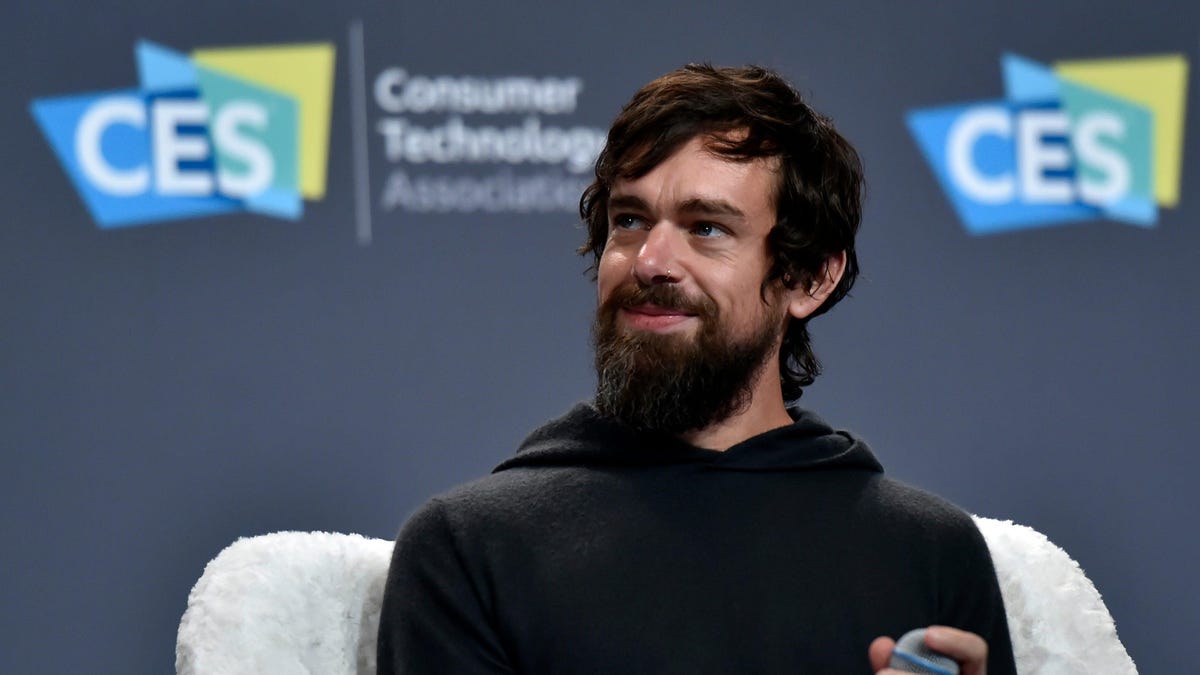
G/O Media may get a commission
Advertisement
How Will Bluesky Give Users Control of Their Algorithm?
What’s perhaps most interesting and actually tenable in today’s social media ecosystem is the promise that the AT Protocol will let users control their own algorithms. Bluesky claims its new “algorithmic choice” allows users to “have control over their experience.” What this supposedly means is that users can dictate how much of certain content they wish to receive and from where.
Advertisement
The way they describe this is: “As with Web search engines, users are free to select their indexers.” In this case, indexers refer to the third party information streams that the algorithm sorts and displays to users.
“We must have control over our algorithms if we’re going to trust in our online spaces,” the Bluesky team wrote.
Advertisement
Social media companies regularly complain that the vast amount of data online requires that they use some kind of mechanism to parse and curate what their users see, but company-controlled algorithmic systems have only led to a greater partisan divide and the massive spread of disinformation in ever-deepening echo chambers. Considering how much corporate-controlled algos have harmed the social sphere, will allowing users a choice over their algorithms actually lead to less disinformation online?
The other question is how easy it will be for users to actually make changes to their algorithm. If its as simple as asking the algorithm to quantify certain kinds of information users want to see, it leaves out the backbone of the how that information is presented in front of a user. In layman’s terms, if the system is told I like tabletop gaming news most from my wall, but also a drip feed of dumb internet memes, what kinds of those memes will be prioritized?
Advertisement
It also begs the question of whether a decentralized system will be able to perform any kind of content moderation if users post hate speech, misinformation, or threats of violence. In their post, Bluesky makes no mention of how user posts will be handled on their mainline app.
The Bluesky team was originally formed from a five-person group put together by then-Twitter CEO Jack Dorsey in 2019. Dorsey is a major proponent of decentralized finance, especially bitcoin. So when he then claimed the goal was to create a “decentralized” standard for social media platforms, it seemed his efforts was to somehow integrate Twitter into the blockchain ecosystem.
Advertisement
Well, Dorsey’s out at Twitter and is now running his companies Block and the bitcoin-based TBD, and Twitter is kind of a shit show right now since Tesla CEO Elon Musk is making an absolute mess of his Twitter buyout, so its not likely Twitter’s considering any kind of blockchain integration at this very moment. Though Dorsey has no direct control over Bluesky, he did promote this latest initiative on his Twitter account.
Though despite the years in development and relatively little news since the group was founded, the Blusky app already has a waitlist because it allegedly received so much demand the group said they reached a “temporary limit” and briefly took the waitlist site down.
Advertisement
And despite Bluesky’s ideals, it isn’t clear how this new system will avoid the same problem inherent in other so-called “decentralized” platforms existing elsewhere in the blockchain space. The biggest problem for a platform which purports to be operating without government or corporate intervention is who gets to decide when they require changes to the protocol. Decentralized Autonomous Organizations, or DAOs, have run into this problem multiple times when the original developers behind a decentralized finance project make unilateral decisions about how they implement changes to a network. Sometimes, these devs simply override the will of the community.
In private texts Musk sent to Dorsey earlier this year, Dorsey told Musk that a new social media platform:
“…must be an open source protocol, funded by a foundation of sorts that doesn’t own the protocol, only advances it. A bit like what Signal has done. It can’t have an advertising model. Otherwise you have surface area that governments and advertisers will try to influence and control. If it has a centralized entity behind it, it will be attacked. This isn’t complicated work, it just has to be done right so it’s resilient to what has happened to twitter.”
Advertisement
And here’s where we run into the same problem as so many of these other blockchain based projects. All this technobabble might be enough to intrigue both the technologically minded as well as the often too-easily-convinced proponents of Web3 tech, but the language only helps obfuscate just what people are buying into.
Once a protocol starts talking about “key rotation” and “protocols” you lose a sizable chunk of an audience who are necessary for a social platform to thrive. It’s a problem with semantics and communication I’ve noticed with other “decentralized” projects such as Dorsey’s own “Web5” initiative.
Advertisement
But the rest of it is simply a case of wait and see. Bluesky said the next step is to start testing their AT Protocol before they move into an open beta format. How this team plans to make a place at the dinner table among the megalithic social media corporations like Meta or the ByteDance-owned TikTok remains to be seen.